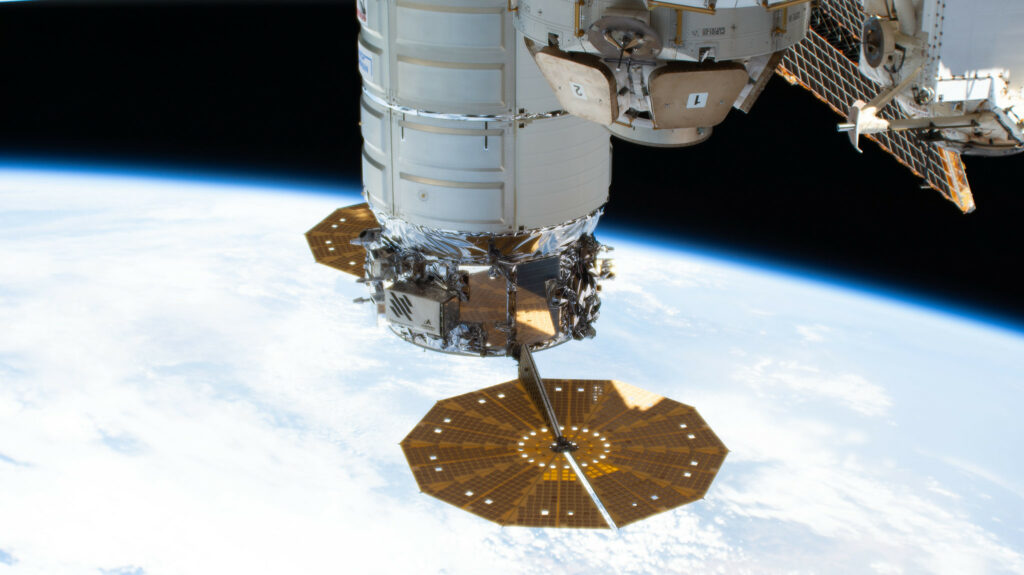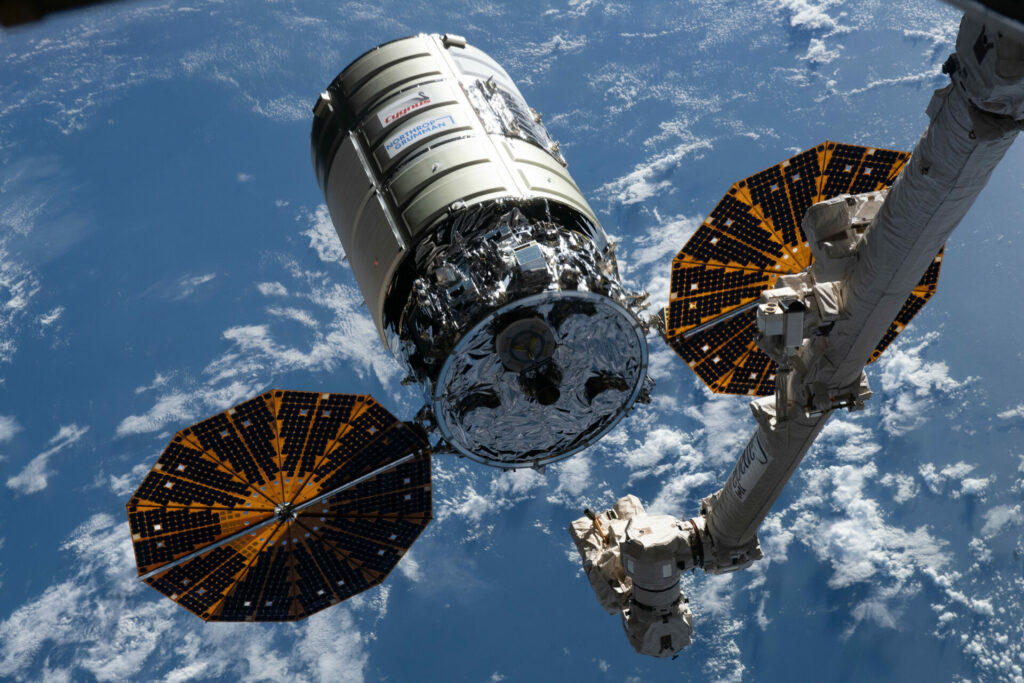On June 25, Northrop Grumman carried out a successful test to change the orbit of the International Space Station using the engines of the Сygnus cargo spacecraft. The maneuver lasted five minutes. During its course, the height of the ISS perigee increased by 800 meters, the apogee — by 160 meters.
Value of a successful Cygnus test
From time to time, the ISS has to maneuver to avoid collision with fragments of space debris. In addition, the station needs to carry out regular maneuvers to maintain the altitude of its orbit. Currently, the engines of the Zvezda (Star) module are used for these tasks, as well as the Progress supply spacecraft. On average, about 7.5 tons of fuel per year is spent for these purposes.

After the beginning of Russia’s large-scale invasion of Ukraine, Roscosmos began to use the dependence of the ISS on Zvezda and Progresses to openly blackmail other project participants, in fact threatening the station to fall on their territory. In this situation, the success of the Cygnus test plays an extremely important role, because it demonstrates the ability of NASA to independently change the orbit of the ISS without the participation of Russia. This deprives Russian propaganda of a powerful trump card.
It is worth noting that the CST-100 Starliner, which recently made its first successful orbital flight, will also have the ability to adjust the ISS orbit. The next Starliner mission is scheduled for the end of this year.
Cygnus Spacecraft
The Cygnus spacecraft was developed by Orbital Sciences, which later became part of Northrop Grumman. Its length is 5.1 meters, diameter — 3.1 meters (excluding solar panels), dry weight — 3.4 tons. It can deliver up to 3 tons of supplies into orbit in its sealed compartment. Unlike Cargo Dragon, Cygnus does not have a return capsule that provides cargo return. The spacecraft is docked with the ISS using the Canadarm2 manipulator arm.

To launch Cygnus, an Antares rocket is used, whose first stage was built by Ukrainian enterprises. After the beginning of the Russian invasion, the production of new Antares stages became impossible. At the moment, Northrop Grumman has components for the assembly of two more rockets. The company recently announced that it has a backup plan that will let Cygnus launches continue regardless of the availability of the necessary components.
According to https://blogs.nasa.gov
Follow us on Twitter to get the most interesting space news in time
https://twitter.com/ust_magazine

